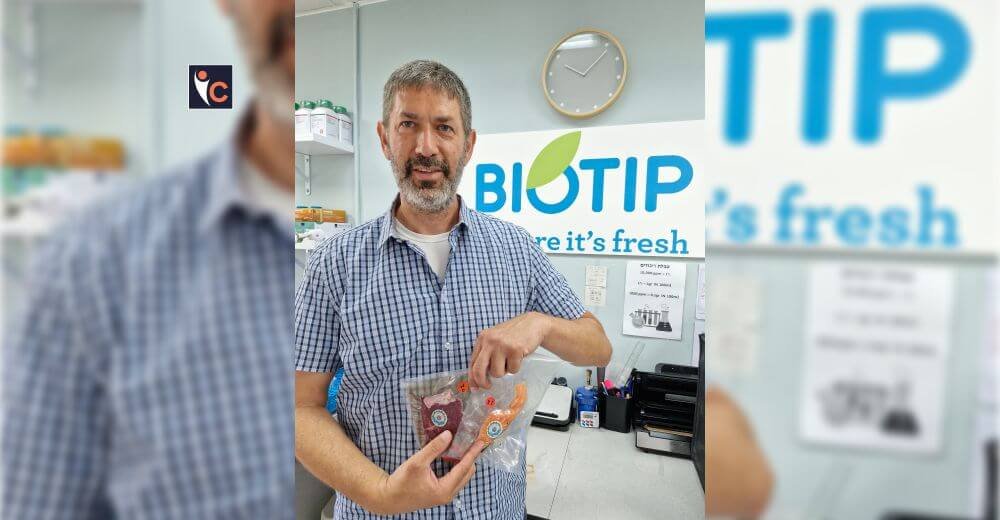By Altasciences
Your drug discovery phase is nearing completion, and your funding is in place. What comes next? And what relationships do you need to initiate in order to continue developing your drug?
There are several key players to consider adding to your development team at this point:
- A contract research organization (CRO) to conduct preclinical trials.
- A patent attorney to discuss how best to protect your intellectual property.
- A regulatory agency to ensure that your plan is in keeping with their requirements.
Careful consideration of the role played by each member of your team can help you make decisions that will move your drug forward as quickly and effectively as possible.
An Industry in High Demand
The CRO industry is flourishing with a market valuation poised to reach $74.2 billion by 2027[i], up from $39.5 billion in 2017[ii] for a projected 10-year growth rate of 88%. Factors contributing to this expansion include a high rate of growth in the broader life sciences sector and technological advances like artificial intelligence (AI), big data, and digital health.
In addition, both studies and regulatory processes have become more complex, necessitating specialized knowledge and expertise. Rather than invest in developing expensive in-house capabilities not directly related to their core activities, pharmaceutical companies are finding it more cost-effective to outsource. Further driving the demand for contract research is the dynamic growth of the biotech startup and virtual pharma market. With startups relying on CROs to perform up to 90% of their tasks, the two sectors have evolved in tandem. The COVID-19 pandemic has also contributed to the demand for CROs that are nimble enough to adapt to the growing complexities of the regulatory environment. Given that the drug development pipeline had already increased from under 8,000 in 2007 to over 15,000 in 2018, the challenges posed by the pandemic, along with the corresponding need for contract research, have only reinforced an already existing trend.
Even before your lead candidate selection has been completed, a CRO (like Altasciences) should be consulted to develop a customized plan for your preclinical studies. Ideally, you should choose an organization with proven scientific expertise and the ability to help you navigate the regulatory approval process. Get in touch with your CRO four to six months in advance of your anticipated start date, so you can collaborate on developing a customized plan, and begin your studies on time.
Protecting Your Intellectual Property
Determining at what stage of the drug development process intellectual property (IP) protection should be sought involves a nuanced decision-making process that depends on each individual set of circumstances. IP may have already been pursued when the treatment target was identified, or it may be done once one or more compounds have been discovered and selected. An additional consideration is whether one or more lead candidates should be included in a single application. Reaching out to a patent lawyer early in the process will help you navigate the complexities of IP law to reach the best decision to fit your needs.
The Regulatory Environment
Each country’s regulatory process is unique. It is important to familiarize yourself with the requirements of each country’s regulatory body in which you are hoping to gain approval. For instance, in the United States, you will make one Investigational New Drug (IND) submission to the Food and Drug Administration (FDA). In Europe, however, there are several different paths to regulatory approval. For certain designated drugs, a Clinical Trial Agreement (CTA) can be filed directly with the European Union’s centralized European Medicines Agency (EMA). For others, applications are filed with individual or multiple states; once approved by one state, recognition by all states can then be solicited.
Even before your clinical trials begin, you can begin gathering some of the information required by all regulatory agencies for a new drug application:
- Animal pharmacology and toxicology studies
- Manufacturing information
- Clinical protocols and investigator information
Meet with regulatory agencies as early as possible to ensure that your plan is in keeping with their requirements.
This article was originally published on altasciences.com.
[i] https://www.contractpharma.com/issues/2021-06-01/view_features/cro-industry-update-544885/
[ii] https://www.clearwaterinternational.com/assets/pdfs/L7177-Clearwater-International-Pharma-Report-2019-FINAL.pdf, Based on average EURO to USD exchange rate in 2017.
Read More: Click Here










